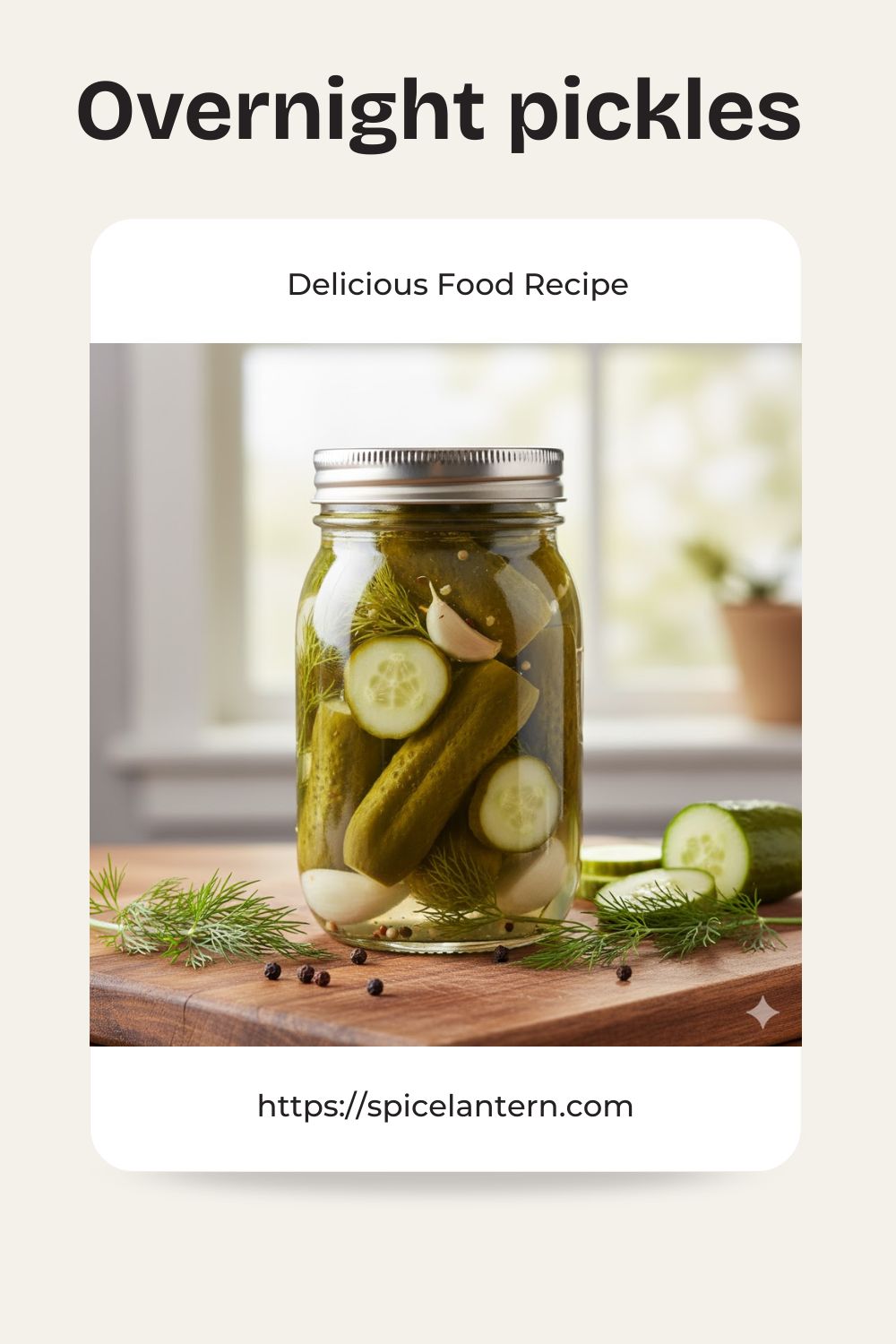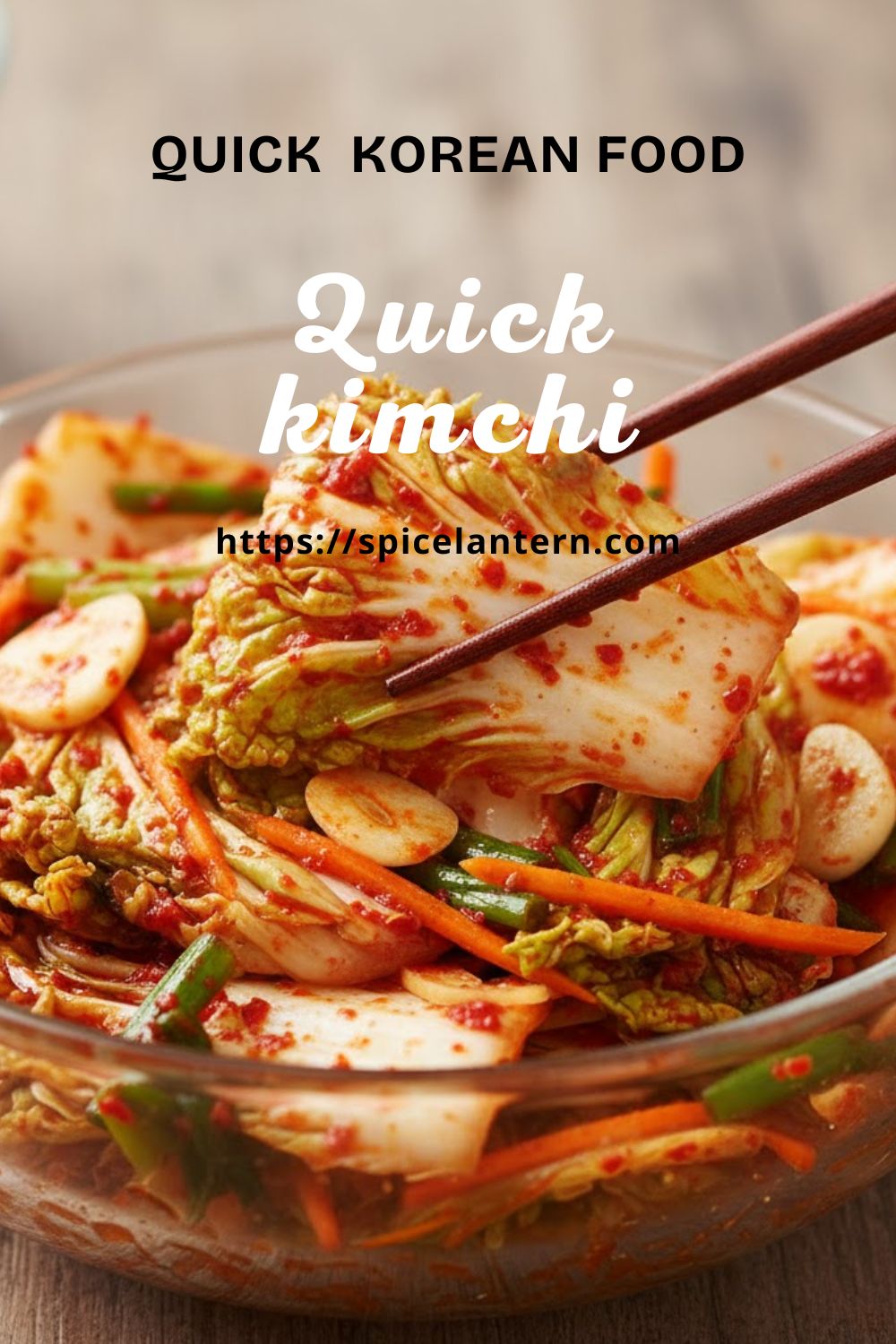Forget the Cellar: Your Guide to Speedy Wine (Drinkable in 7 Days, Not Years!)
Let’s not mince words: traditional winemaking is for people with infinite patience and a legitimate root cellar. You want wine, and you want it now. So, what do you do when a recipe demands you wait six months for something that might just taste like alcoholic swamp water? You cheat, obviously! I’ve mastered the art of Speedy Wine, a fermenting hack that turns ordinary fruit juice into a perfectly palatable, surprisingly potent wine in about 7 days flat. This isn’t a complex Cabernet, but it’s a zippy, fruity, and highly drinkable wine that you can make for pennies. Why wait until next year when your party is this weekend?
Why This Recipe Is Awesome (And Why It Defies the Elders)
This recipe is a middle finger to slow fermentation. You need it because:
- Lightning Fast: We use a high-powered, turbo-charged wine yeast and rely on simple pasteurized juice to jumpstart the fermentation. This cuts the primary fermentation time down to about 4-7 days.
- Insanely Cheap: You get wine for the cost of a jug of juice and a packet of yeast. Your return on investment is nearly 1000%. Financial genius, much?
- Flavor Control (Kind Of): You choose the juice! We start with clean flavors and accept that the final product will be simple, light, and fruity—perfect for drinking young. It’s not a complex vintage; it’s a speedy party starter.
Ingredients: The Essentials for Instant Buzz
We are simplifying the “must” process to achieve speed. Less fuss, more ferment.
- 1 Gallon (3.8 Liters) 100% Fruit Juice: White grape, cranberry, or apple juice work best. Crucial: Ensure it’s 100% juice and has NO preservatives like potassium sorbate or sodium benzoate, which will kill your yeast!
- 1 cup Granulated Sugar: Increases the Original Gravity (OG) to achieve a decent alcohol level (around 10-12% ABV).
- 1 teaspoon Wine Yeast (e.g., Lalvin EC-1118 or 71B): This is your turbo engine. Use a high-alcohol tolerant strain for speed and reliable results.
- ½ teaspoon Yeast Nutrient: Optional, but gives the yeast a health boost for faster, cleaner fermentation.
Key Substitutions:
- Juice: You can use grape concentrate for a richer flavor, but calculate the starting gravity carefully. Do not use juice with preservatives!
- Sugar: Use Dextrose (corn sugar) for easier consumption by the yeast, but use the same weight.
- Yeast: Do not use bread yeast! It produces harsh, unpleasant flavors (off-flavors) when fermenting wine.
Tools & Kitchen Gadgets Used: Your Home Brew Starter Pack
Sanitation is key! Everything touching the wine after the boil must be squeaky clean.
- 1-Gallon Glass Carboy or Food-Grade Plastic Fermenter: Your primary fermentation vessel.
- Airlock and Rubber Stopper/Bung: MANDATORY. This lets CO2 escape without letting oxygen (or fruit flies) in.
- No-Rinse Sanitizer (Star San or similar): Absolutely essential. Clean everything thoroughly.
- Hydrometer and Graduated Cylinder: CRITICAL. You need this to measure your Original Gravity (OG) and Final Gravity (FG) to calculate your final ABV.
- Thermometer (Accurate to 1°F): For monitoring the liquid temperature before pitching the yeast.
- Long Spoon or Stirring Rod (Sanitized): For mixing.
- Auto-Siphon and Tubing: For racking (moving the wine) without disturbing sediment.
- Wine Bottles (Clean and Sanitized) and Corks/Caps: For bottling the final product.
Step-by-Step Instructions: The Fermentation Fast Track
We’re bypassing the slow aging process. Get ready to watch things bubble!
Step 1: Prep and Sanitize (10 Minutes)
- Sanitize Everything: Clean and then sanitize the carboy, airlock, stopper, stirring spoon, and hydrometer tube. Sanitation prevents contamination that would turn your wine into vinegar.
- Make Headroom: Pour about 1 cup of juice out of your gallon jug/carboy to make room for the added sugar and the foam (the krausen) that forms during active fermentation.
Step 2: Pitch the Power (5 Minutes)
- Pour the 1 cup of sugar and the yeast nutrient directly into the juice container. Seal the top and shake vigorously until all the sugar is completely dissolved.
- Take a sample and measure your Original Gravity (OG). Note the reading!
- Hydrate the Yeast: Sprinkle the wine yeast over about ¼ cup of 95°F (35°C) warm, filtered water. Let it sit for 5 minutes to rehydrate (don’t stir!).
- Pour the yeast slurry into the juice container.
Step 3: The Active Ferment (4-7 Days)
- Seal the container with the stopper and airlock (filled halfway with sanitized water).
- Place the container in a warm, dark, and stable temperature spot (68–75°F / 20–24°C). Warmer temperatures accelerate fermentation, which is the goal.
- Fermentation will begin within 12–48 hours—you’ll see bubbling in the airlock!
- After 4 days, begin checking the Specific Gravity (SG) daily.
Step 4: Confirming the Finish (7 Days Total)
- The wine is finished fermenting when the gravity reading is stable for 3 consecutive days, usually around 0.998–1.000. This is your Final Gravity (FG).
- Racking (Clarification): Use your auto-siphon to gently move the wine from the primary fermenter into a clean, sanitized secondary container. Avoid sucking up the thick yeast sediment (lees) at the bottom! This helps clarify the wine.
Step 5: Stabilize and Chill (24 Hours)
- Stop Fermentation: If you want to sweeten the wine or ensure it doesn’t ferment further in the bottle, add potassium metabisulfite and potassium sorbate (follow manufacturer dosing instructions).
- Place the wine in the refrigerator for 12-24 hours (cold crashing). The cold helps the remaining yeast and sediment drop out, clarifying the wine significantly.
Step 6: Bottle and Drink (The Payoff)
- Gently siphon the clear wine into your sanitized bottles, leaving about an inch of headspace.
- Seal the bottles. Drink immediately, or chill for a week to mellow the flavor. No need to age this bad boy for a year!
Calories & Nutritional Info: The Liquid Truth (Estimated)
These are estimates for a 5oz (150ml) glass of the finished Speedy Wine (Approx. 11% ABV).
- Calories per serving (5 oz glass): ~120-150 calories
- Carbohydrates/Sugar: ~4-8g (Remaining sugar after fermentation.)
- ABV: ~10–12% (Calculated via OG and FG readings.)
- Note: Winemaking consumes most of the starting sugar. The final sweetness level depends on the initial juice sugar and your yeast strain.
Common Mistakes to Avoid: From Vino to Vomit
Sanitation is your guardian angel. Don’t anger the yeast gods!
- The Killer Preservative: Using juice that contains potassium sorbate or sodium benzoate will kill your yeast. Read the label! This is the number one beginner fail.
- Poor Sanitation: Wild bacteria and mold contaminate unsanitized equipment, turning your wine into vinegar or giving it off-flavors. Sanitize absolutely everything that touches the wine after the boil.
- Skipping the Airlock: Sealing the fermentation container tightly without an airlock is a recipe for a bottle explosion due to CO2 pressure buildup. Don’t be a bomb maker.
- Patience Problem: You still need to wait for the FG reading to stabilize for 3 days! Bottling too soon results in potentially exploding bottles or cloudy, unstable wine.
- Pitching Too Hot: Adding yeast to liquid above 120°F (49°C) kills the yeast. Cool the juice to the proper temperature range before pitching.
Variations & Customizations: Your Quick Vintages
The base is the juice. Change the juice, change the wine!
- Spicy Cran-Apple Rosé: Use a 50/50 mix of white grape juice and cranberry juice. Add 3 cinnamon sticks and 5 allspice berries to the boiling sugar/water mix in Step 2, then remove before chilling.
- Mead/Honey Wine: Substitute the granulated sugar entirely with raw honey (you’ll need more honey to hit the same OG). Add a small amount of black tea to the water for tannins and color.
- Fruit Puree Splash: After primary fermentation (Step 4), add 1 cup of sanitized fruit purée (like mashed blackberries or peaches) to the secondary container for 3 days before chilling. The yeast will feed on the fruit sugars, adding flavor.
FAQ Section: The Winemaking Mysteries
You’ve got questions about the science and the speed. We have answers.
Q1: What is the ideal temperature for the fastest fermentation?
A: Most wine yeast strains prefer 68–75°F (20–24°C). Using a dedicated high-temp Kveik yeast allows you to ferment successfully up to 95°F (35°C), which significantly cuts the time.
Q2: What is the “Mother” and why is it important?
A: In winemaking, the “Mother” is the thick yeast/bacteria film that can form on top of the wine. It’s usually a sign of Acetobacter contamination (turning alcohol into vinegar) due to excessive oxygen. Unlike vinegar making, you want to avoid the Mother in wine.
Q3: How do I know if my fermentation is stuck?
A: If your airlock has been inactive for several days, and your Specific Gravity (SG) reading has not dropped to the expected Final Gravity (FG) range, your fermentation is stuck. Possible causes: temperature drop, low nutrients, or dead yeast.
Q4: Why is my finished wine cloudy?
A: Cloudiness (called “haze”) is normal in young wine. It’s usually suspended yeast and protein. Giving the wine more time to rest and cold crashing (Step 5) helps the particles settle out naturally.
Q5: What is “racking” and do I need to do it?
A: Racking means carefully siphoning the wine off the thick layer of dead yeast (lees) and sediment at the bottom of the fermenter into a clean container. You must rack to prevent the dead yeast from breaking down and causing off-flavors.
Q6: Do I have to use a hydrometer?
A: You should. The hydrometer gives you the OG and FG readings needed to calculate the ABV and, more importantly, confirms that the fermentation is truly finished and stable for bottling (preventing bottle bombs).
Q7: Should I age this “Speedy Wine”?
A: No. This wine is specifically designed for quick consumption. It tastes best when young and fruity. Longer aging will not improve the simple flavor profile and increases the risk of oxidation.
Final Thoughts: Cheers to the Fast Life
You’ve successfully bottled a batch of Speedy Wine and skipped the boring six-month wait. Go ahead and chill a bottle; that zippy, fruity tang is the sweet taste of victory. You are now the master of rapid fermentation. Never let anyone tell you homemade wine has to be a decade-long project.







